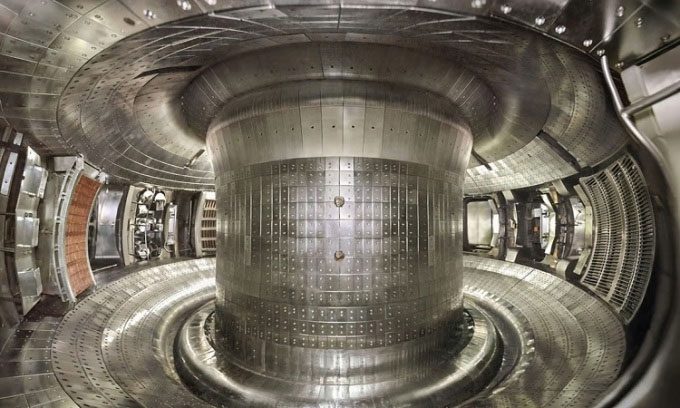According to Xinhua News Agency, the Experimental Advanced Superconducting Tokamak (EAST), referred to as the “Artificial Sun” by China, achieved a significant milestone by maintaining plasma at high temperatures in a stable state for 403 seconds on April 12, marking an important step towards the development of a fusion reactor.
This duration significantly improves upon the previous world record of 101 seconds set by EAST in 2017.

EAST has been operational since 2016. (Photo: SCMP)
EAST is located at the Institute of Plasma Physics, Chinese Academy of Sciences (ASIPP) in Hefei, Anhui Province. The ultimate goal of EAST is to generate nuclear fusion similar to that of the Sun, utilizing abundant materials found in the ocean to provide a stable source of clean energy.
Director of ASIPP, Song Yuntao, stated that the significance of this breakthrough lies in the stability of high-temperature plasma retention. He noted that the temperature and density of atomic particles had significantly increased during the plasma retention process, thereby laying a solid foundation for improving the electricity generation efficiency of future fusion power plants and reducing costs.
Experts suggest that, unlike fossil fuels such as coal, oil, and natural gas, which are limited in supply and have a significant environmental impact, China’s “Artificial Sun” only requires raw materials with virtually unlimited supply on Earth. Fusion energy is regarded as safer and cleaner, making it an ideal energy source for the future.
Initiated in 2006, EAST was designed and developed by China and serves as an open testing facility for scientists to conduct experiments and research related to fusion.
Currently, China has completed the technical design of the China Fusion Engineering Test Reactor (CFETR), considered a new generation “Artificial Sun,” aimed at constructing the world’s first demonstration fusion reactor.




















































